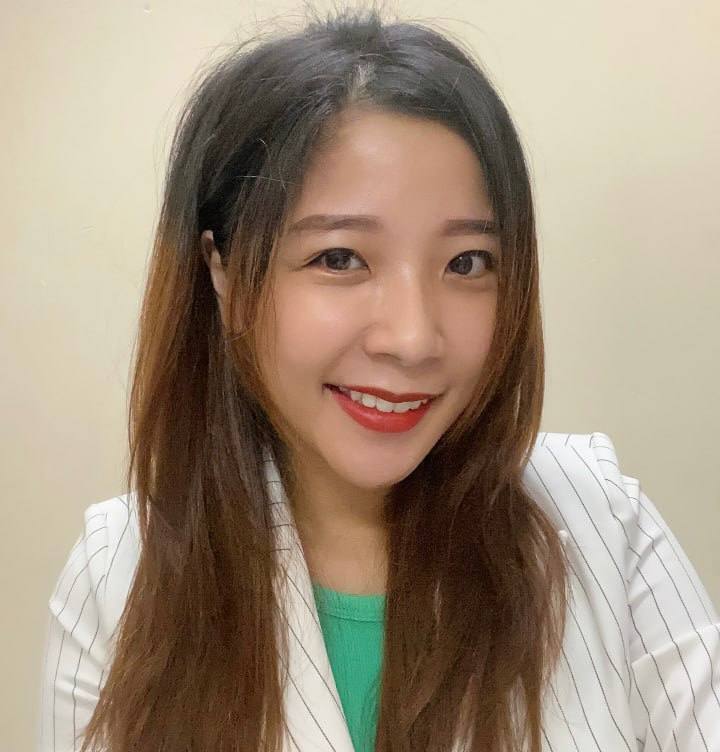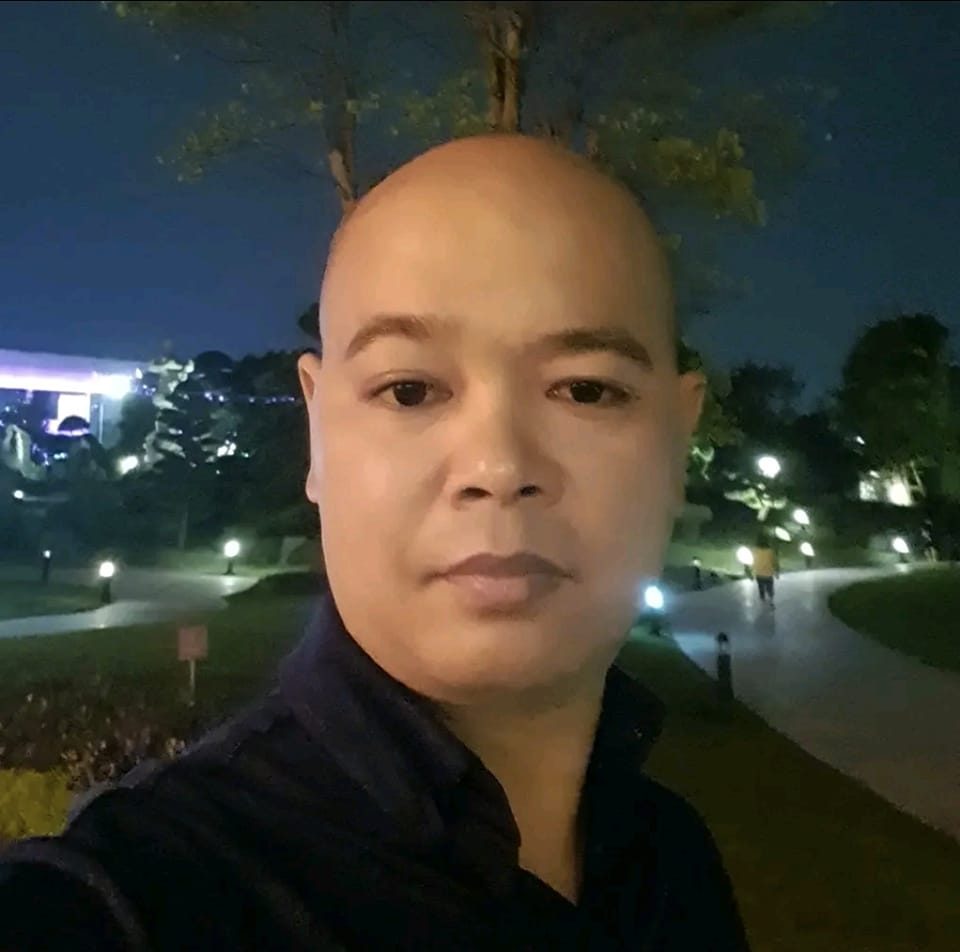Theo dõi Tử Vi Cải Mệnh trên

- 11 Lượt xem
- Cập nhật lần cuối 16/08/2023
Đăng bình luận thành công! Quản trị viên sẽ phản hồi đến bạn!


